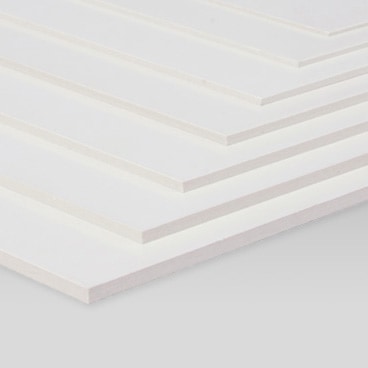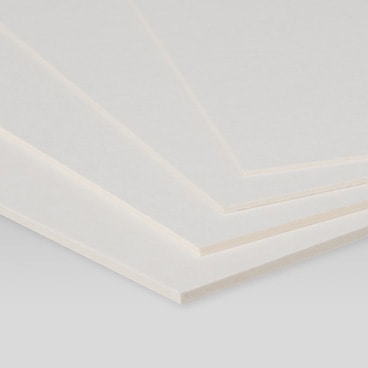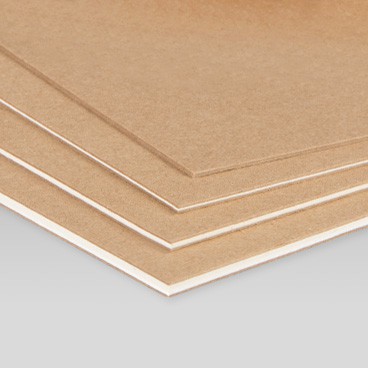In the digital printing industry, substrate trends refer to the materials that are used as the base or surface for printing. Some of the current substrate trends in printing include:
- Synthetic substrates: Synthetic substrates such as polyester, polycarbonate, and polypropylene are becoming increasingly popular in the printing industry. These substrates offer a number of benefits, including durability, flexibility, and resistance to moisture and chemicals.
- Biodegradable substrates: Biodegradable substrates such as cellulose, starch, and polylactic acid (PLA) are becoming more popular in the printing industry. These substrates are more environmentally friendly than traditional substrates, as they can be broken down by natural processes.
- Textile substrates: Textile substrates such as cotton, silk, and polyester are becoming increasingly popular in the printing industry. These substrates offer a soft and natural feel, which is ideal for applications such as clothing, home decor, and upholstery.
- Metal substrates: Metal substrates such as aluminum, stainless steel, and brass are becoming increasingly popular in the printing industry. These substrates offer a sleek and modern look, which is ideal for applications such as signage, decor, and packaging.
- Glass substrates: Glass substrates are becoming increasingly popular in the printing industry. These substrates offer a high level of durability and scratch resistance, which is ideal for applications such as window graphics, backdrops, and displays.
Overall, the printing industry is constantly evolving and new substrates are being developed and used to meet the demands of the market. In addition to the above-mentioned trends, advancements in digital printing technology have made it possible to print on various substrates that were not possible to print on before.
























